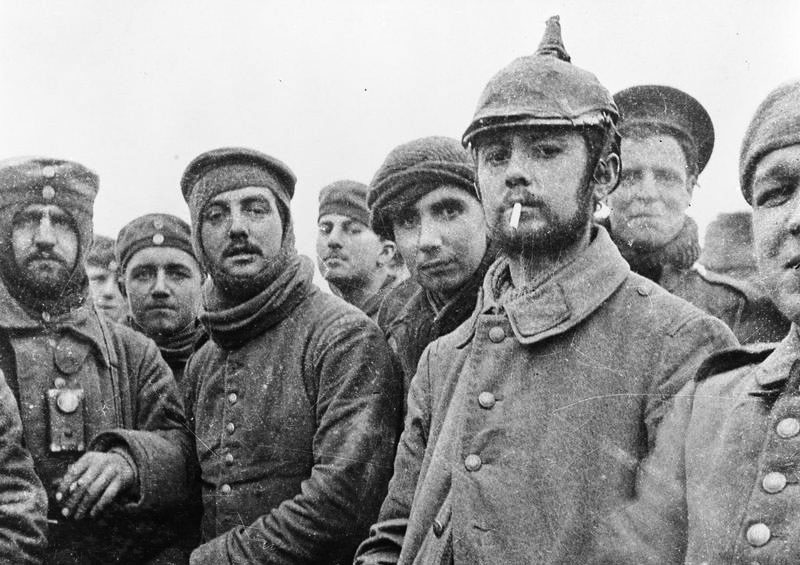The Christmas Truce During World War I
December 24, 2015
As the first Christmas of World War I (1914-1918) approached, many soldiers had been fighting since August. Already, hundreds of thousands had been killed, and the winter weather had turned the trenches into cold, muddy pits. Suffering was common to all front-line soldiers, but both sides took the time to celebrate Christmas. Soldiers received holiday parcels from their friends and families, as well as official gifts—such as chocolate and tobacco—from their governments. German troops brought Christmas trees to the trenches and decorated them with candles. Soldiers sang Christmas carols and held up banners with holiday wishes for their enemies.

British and German soldiers fraternizing in Belgium, on Christmas Day 1914. Credit: © Imperial War Museum
On the Western Front in Belgian Flanders and northern France, a number of soldiers offered temporary truces for the celebration of the holiday. Throughout Christmas Eve and Christmas Day, 1914, many German and British troops walked above ground in relative safety. Some of them even shared food and drink, exchanged gifts and addresses, and took photographs. In at least one instance, soldiers engaged in a friendly soccer match between the enemy sides. Soldiers also used the truces to bury the dead on the battlefields.
Most of the temporary truces ended the day after Christmas, but in some areas the peace lasted until New Year’s Day, 1915. German and British commanders did not approve of the truces, and they quickly ended the agreements once they learned of them. Commanders issued firm orders against cease-fires for December 1915, but short, isolated truces nevertheless were reported. There were no such truces in 1916 or 1917.
Holiday truces between the Germans and French and Belgian troops were not as common as they were between the Germans and the British. Because Germany had occupied—and in some cases destroyed—much of Belgium and northern France, attitudes toward the Germans were not as friendly.


